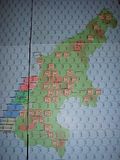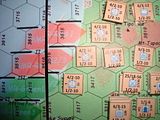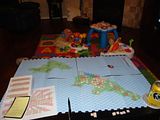I noticed today that this blog was no longer accessible. It seems my gmail account was disabled and that took the blog with it. Silly Google. I may have to look into moving this into a more reliable provider.
In any event, I've been busy. Personal update. In 2014
- I attained the Microsoft C# Specialist certification.
- Wound down one scrum team at work, participated on another as a supplementary architect and then took over a third as primary architect.
- Delivered presentations at work on Windows Phone 8 programming and Xamarin iOS programming.
- Completed a Windows Phone 8 app and most of a port of the same to iOS using Xamarin. Laundry timing utility. Coming soon to the respective app stores.
- Prepared for and survived a week long trip to Disney World with my family.
I'll likely keep this blog for personal comments, but I'm very likely to repoint coherentlite.com to a new blog if I use CoherentLite as a company name for the apps work.
My goals for 2015 are
- Walk 10000 steps per day.
- Work 4 hours per week on my apps and other interests.
- Work 2 months (at 4 hours per week) on the PIC Guam AI proof of concept.
Labels: apps, coherentlite, First Life, game, GSI, Guam, status






 RSS Feed
RSS Feed
